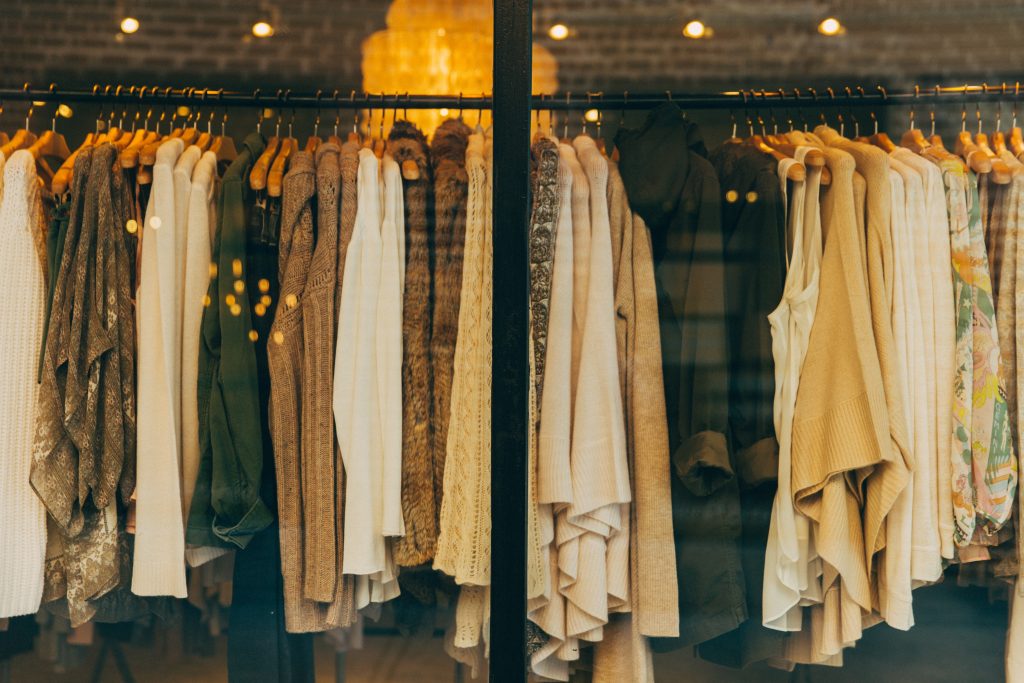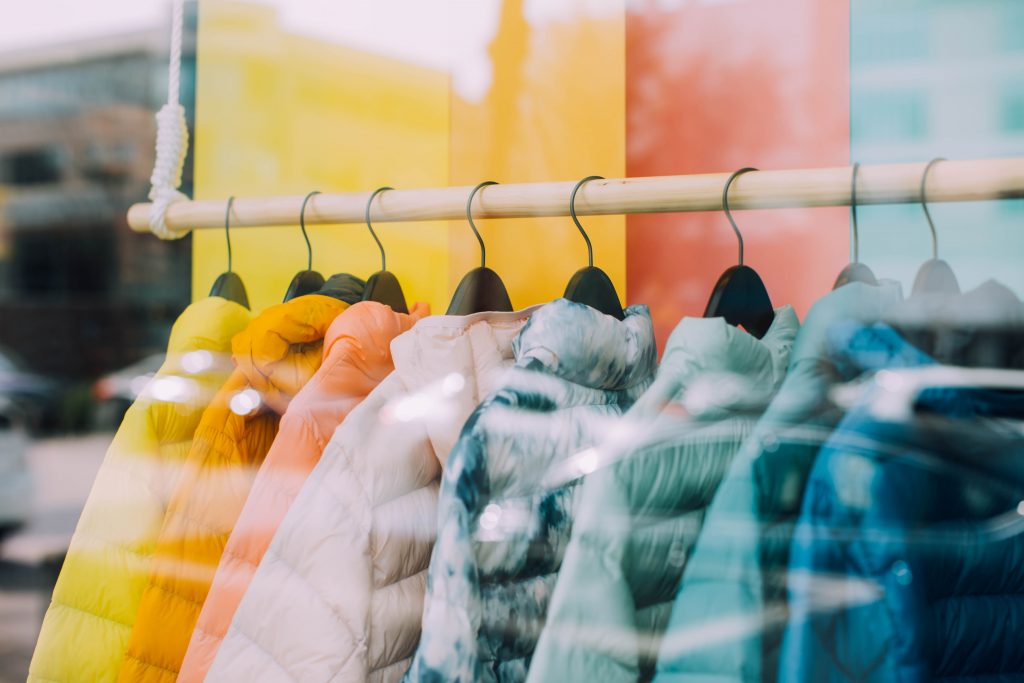Visual Retailing Guidelines:
The 5 Common Mistakes of Visual Merchandisers
Before we can make someone listen to us, we will be judged by how we look. And, it’s the same with Visual Merchandising. Before someone wants to try our product or service, they will look at it first and then decide if they want to try it out. That’s how important visuals are. It is the first level of successful customer experience.
Visuals play a huge factor in the success of making a sale and selling in-store experience, especially in today’s hyper-competitive market. Like other aspects of business, Visual Merchandising is an element that needs to be strategically on point. With how the world is changing rapidly and how it becomes more competitive with brands popping out left and right, Visual Merchandising becomes even more complicated now. Visual Merchandising guidelines have so many elements to be considered. Think about how you need to match everything and translate your brand story into something tangible. That’s a challenge! We’ve pulled together some visual merchandising guidelines to help you avoid these 5 common mistakes…

Let's be real.
Everything could be about visuals.
1. Limited Display Space
Think of space as a canvas for a painter. It’s where you will translate your ideas into something tangible. It will have all the colours, shadows, lights, and elements that you have envisioned. Somehow, it is the playground of your ideas. But also think of this: the smaller the space, the bigger the problem. There’s a limit to what you can do with a little space. You can have all the ideas in the world, but with so little space, you might not be able to execute everything you have in mind. Space defines the number of fixtures, lights, and products you must have. It is your starting point to do your store design. So imagine if you have a grand idea and your space somehow doesn’t agree with you, your creativity will be challenged. And, it will definitely be a struggle. What you want to do when you are faced with this problem is to evaluate first what you need. These are elements you need to have on your space, or what you might call essentials for what kind of business you have. Let’s say if you are a fashion retailer, like Jasmine, you definitely need fixtures that will hold and highlight your clothes. It could be tables or racks. Those are essentials to have good product placement. The next thing you need to do is define what you need to accentuate your product and that can help to beautify your space. For this, lighting always does the trick. It balances the colours of space and sets up the mood. These could also be decors that can act as finishing touches. Approaching it this way would be less overwhelming. It will help you find the balance to maximise your space without seeing it as a problem.
2. Lack of New Technologies
Visual Merchandising is part of brand storytelling, but without the right supply or resources, it will be hard to paint the picture. And just like painting in a canvas, the picture you are trying to make would be much easier if you have new tools to use. My friend emphasises this—how there is a lack of innovative fixtures or supplies to improve a store design or Visual Merchandising. For her, fashion Visual Merchandising has a gradual evolution in terms of innovation. And unfortunately, it is true. We see the same thing, over and over again. Walk in a mall or on a fashion street, and you will see the same kinds of mannequins dressed like others, clothes folded the same manner, and accessories displayed like its competitors. Nothing is changing. We simply see clothes that are displayed for the sake of showing something. And it all boils down to the fact that we don’t see innovative fixtures or available technologies that could entirely change the game of visual merchandising. Imagine if you found the right product or technology to help you modernise how your store looks like and improve your customer experience, that could help you how you will do your visual merchandising and eventually your sales. And to top it off, you will stand out compared to the rest of your competitors.
3. Budget Constraints
Budget. It’s always one of the obvious challenges any Visual Merchandising guidlines could have. Somehow, it defines your whole design. It defines what kind of elements you will have and how you will use it. It plays a major role in how you will develop your design and how you will execute a visual merchandising strategy. This is especially problematic for small retailers. Unlike other giant retailers with a huge budget, small retailers have to improvise and be more strategic with the budget that they have. Creativity is useful when this problem arises. This is the time you get to exercise your creative spirit. Some may agree or not, but you don’t need to have a huge budget to ace Visual Merchandising. Yes, it could be helpful, but like any other design, visual merchandising is all about creativity. Somehow, it has its own language — how you play visuals and other senses to perfect the customer experience you want to achieve for your customers. Knowing how to creatively manipulate those and being aware of who is your ideal consumer, you will be able to successfully tailor your visual merchandising to your own vision and use it to give your consumer an experience that will make them enamoured with your product or service. So yes, budget constraints could be a hindrance, but it could also be a way to boost your creativity and apply your consumer knowledge. All you have to do and remember is the phrase consumer experience. Work with that in the mind and your creativity will help you out.
It's where you will translate your ideas into something tangible.
Think of space as a canvas for a painter.

4. Creative Differences
Building Visual Merchandising guidelines is a collaborative job. It is not only a visual merchandiser’s job. There are a lot of people who are involved in finalising a design. Business owners and marketers could have a say on it. With so many voices to be heard and considered, sometimes it could be frustrating. During such times, retailers, designers, and business owners need to remind themselves that they all have one goal—and that is to create a good customer experience and make a sale. Creative differences happen because of different visions on how to reach the same goal. And all like collaborative work, it should be settled with compromise and discussion. A good collaboration starts with a clear goal. It is something shared by all. Without a common ground, it will be difficult to set a collaborative voice that will define how you want to develop and execute your visual merchandising plans. So before you start your visual merchandising plan, set a goal with your team. Talk about it. Define a specific goal you want to meet and make a decision based on that goal. And as you execute it, the collaboration will be much easier and will be all about what is best for business.
5. Traditional Formulas. Is it just me, or do you also want to see something different?
Research studies have proven again and again that shoppers make up to 80 percent of their purchase decisions right in the store and that Visual Merchandising has an impact on their decision making. There are a lot of reasons for this and different kinds of consumers that get affected by visual merchandising. For some consumers, they are only simply doing window shopping, or others don’t have an intention to really buy. Some customers have only a rough idea of what they want to buy before they enter the store. There are also decisive buyers who know exactly they want. And there are the impulse buyers, who decide on the spur of the moment. Yet with all these facts and several pieces of research about Visual Merchandising, we still hold to tradition and see the same thing from one store to another. We read all about these yet we practice the same old formulas than using all these studies to create innovative ones.

